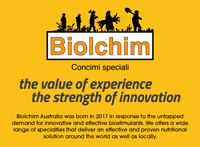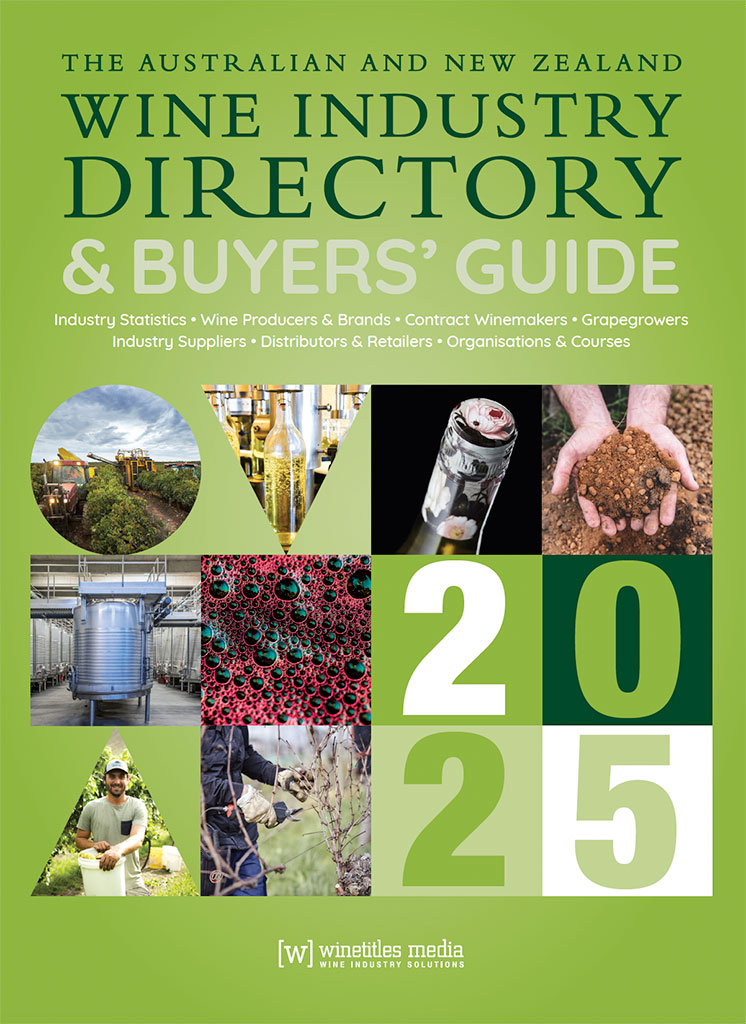Volatile thiols are potent aromatic compounds responsible for aromas of citrus, grape fruits and passion fruits, particularly noticeable in Sauvignon blanc, but also in Semillon, Riesling, Colombard … and rosé wines from Merlot, Cabernet Sauvignon and Syrah.
The principal molecules of thiols are:
4-mercapto-4-methylpentan-2-one (4MMP): box tree, blackcurrant
3-mercaptohexan-1-ol (3MH): grape fruit, passion fruit
3-mercaptohexyl acetate (3MHA): grape fruit, passion fruit, sweat
In the grape, thiols are present as non-odorant precursors. They are revealed by the yeast during alcoholic fermentation.
How to enhance thiol aromas in wines?
Positive factors for thiols optimisation in the vineyard include moderated water stress on the vine, sufficient nitrogen nutrition and early picking.
In the grape beries, the precursors are mainly located in the flesh and skin. Skin contact maceration significantly enhances the liberation of precursors in the juice.
It affects mainly the 3MH precursors because the major part of it is found in the skins.
Temperature is also a positive factor for precursor’s extraction, but it is important to find the correct balance between duration and temperature and only apply this to grapes that are in good, healthy condition.
One way to improve skin contact maceration is to use oenological enzyme containing pectinases, cellulases and hemicellulases.
These enzymes will degrade the vegetal cell wall, and facilitate the liberation of the precursors in the juice.
The extraction enzyme VIAZYM EXTRACT releases more precursors in less time, and also improves press efficiency and clarification.
Precursors of thiols are bound with cysteine or glutathione. During alcoholic fermentation, this link is cut thanks to the b-lyase enzymatic activity liberated by the yeast, and the precurors become aromas.
The choice of the oenological yeast is very important because the potential of b-lyase activity depends of the yeast strain.
VIALATTE FERM W28 is a Saccharomyces cerevisiae yeast recommended for the production of aromatic, balanced white and rosé wines. Thanks to its b-lyase activity, it optimizes release of thiols during fermentation of grape varieties rich in aromatic precursors.
In case of nitrogen deficiency in the must, it is important to avoid any addition of mineral nitrogen like DAP or Ammonium, because it blocks the entrance of precursors in the yeast cell, so the release of thiols cannot occur.
For qualitative nutrition, implement a full organic nutrient, rich in amino acids like NUTRICELL AA or NUTRICELL FULLAROM. Amino acids provide assimilable nitrogen for alcoholic fermentation without having a negative impact on thiols expression.
Finally, to reduce further loss, it is important to preserve these very sensible aromas against oxidation with tannins, or yeast derivatives.
It will be important as well to minimise the concentration in copper in must as it is known to have a large negative effect on release of thiols.
For more information contact Grapeworks.
E: [email protected] P: +61 (03) 9555 5500




















